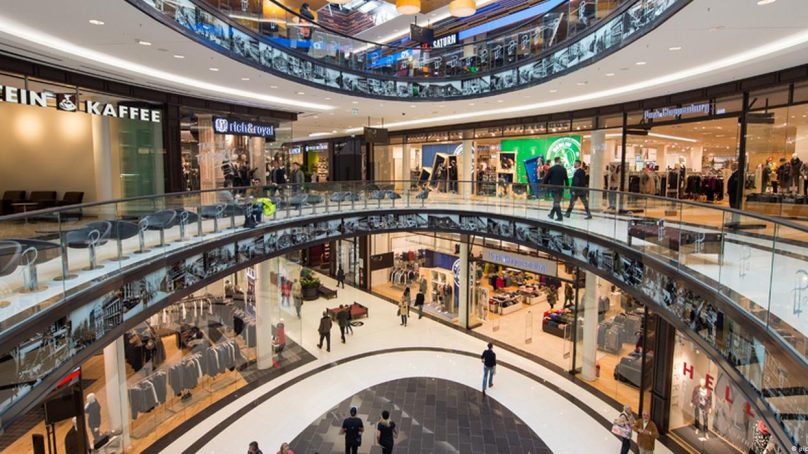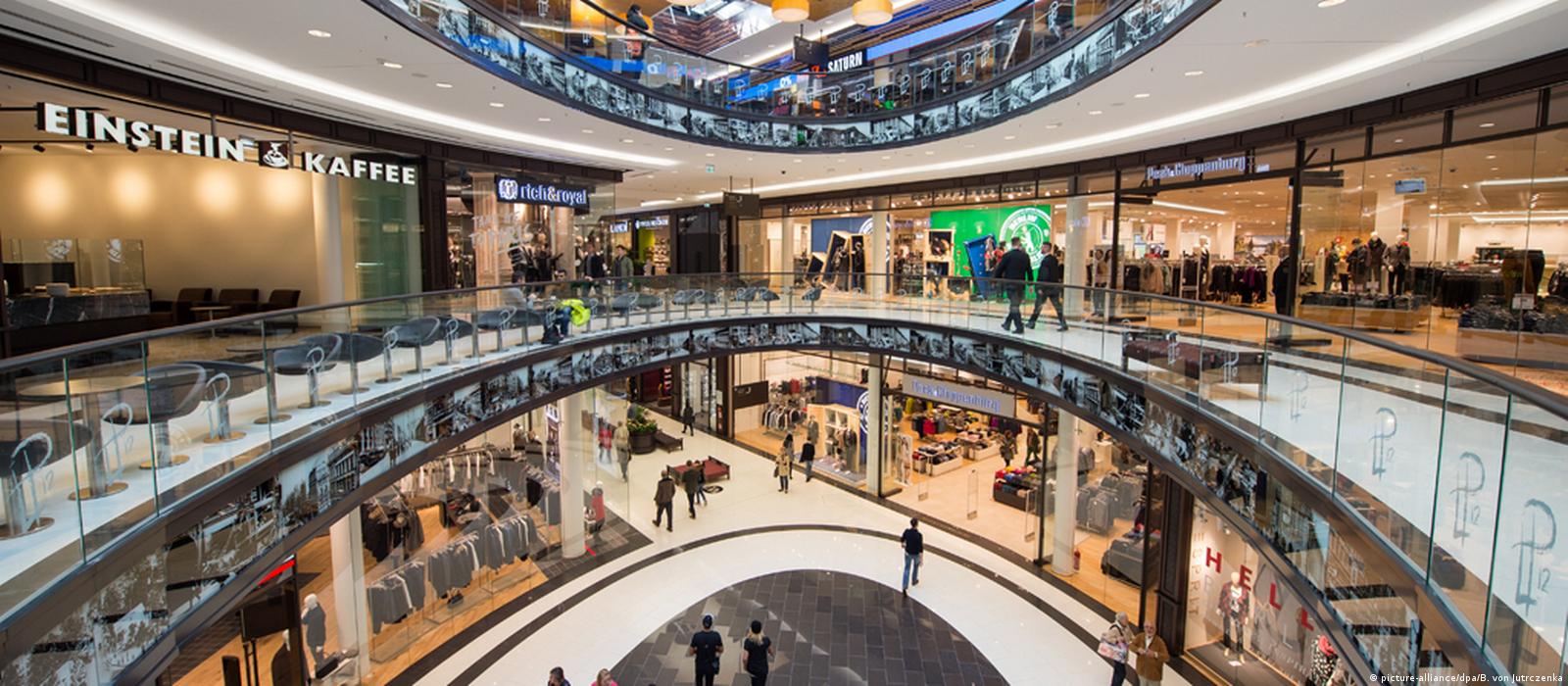

Strategically mapping the food and beverage offerings in malls is fundamental. Here’s why:
Enhanced shopping experience: restaurants play a significant role in enhancing the overall shopping experience. They provide visitors with an opportunity to relax, take a break and enjoy a meal or snack during their shopping trip. By offering ample choices to suit various preferences and dietary requirements, malls can ensure a satisfying experience for their customers.
- Increased footfall and prolonged visits: incorporating a variety of dining options helps attract more customers and encourages them to spend more time in the mall. A wider selection of restaurants creates an inviting environment that entices people to visit and stay longer, leading to increased footfall and the potential for higher sales. This can be achieved by extending breakfast, brunch and offering business formulas, among other strategies.
- Competitive advantage: in a highly competitive retail market, malls need to differentiate themselves to attract customers. By offering unique and diverse restaurant options, malls can stand out from the competition. This creates a distinct identity and positions the mall as a destination for dining and entertainment, not just shopping.
- Changing consumer tastes and demands: consumer preferences and trends in the Middle East’s dining scene are constantly evolving, especially in the post-pandemic era. Customers are increasingly seeking new and unique dining experiences, healthier options, international cuisines and innovative concepts that are visually appealing and shareable on social media platforms.
Although restaurants in malls cater to different audiences, the offering of the dining experience can be diversified though three main categories:
1.Food courts
- Variety and convenience: food courts offer centralized options from different vendors that specialize in different cuisines. They are convenient and efficient for shoppers looking for something quick and easy.
- Self-service: food courts typically operate on a self-service model, where customers order and collect their food from individual counters or stalls. This allows for quick turnover of tables and flexibility in choosing different dishes.
- Standardized experience: food courts often have a standardized layout and seating arrangement, therefore providing a consistent dining experience across different locations. They are designed to accommodate many diners at once, making them suitable for high footfall areas.
2.Casual restaurants
- Seated service: casual restaurants offer a seated dining experience, with waitstaff serving customers at their tables. This creates a more relaxed and comfortable environment for customers to enjoy their meals.
- Menu and specialization: casual restaurants typically offer a specialized culinary focus, offering a defined menu with a range of dishes within that cuisine. They may specialize in a particular type of cuisine, such as Italian, Mexican or Asian, providing a more in-depth exploration of flavors and food culture.
Ambience and atmosphere: casual restaurants often focus on creating a specific ambiance or theme, which can range from cozy and rustic to trendy and modern. The atmosphere contributes to a more immersive dining experience, allowing customers to enjoy the food within a specific setting.
3.Food halls
Culinary variety and innovation: food halls are known for their curated selection of high-quality food vendors, often showcasing local, independent and innovative culinary concepts. They offer a mix of traditional and unique cuisines, providing visitors with an opportunity to discover new flavors and food trends.
- Communal shared seating: Food halls typically have shared seated areas, creating a communal dining experience. The open seating encourages interaction among diners and fosters a sense of community within the space.
- Collaborative environment: food halls often foster a collaborative environment, where vendors may share resources, ingredients or cooking facilities. This can result in a dynamic and collaborative food scene, where vendors inspire and learn from one another.
While food courts provide convenience and a wide range of options, casual restaurants offer a sit-down dining experience, with specialized menus and unique ambiences. Food halls differentiate themselves through their curated selection of vendors, communal seating and a focus on culinary variety and innovation encouraging homegrown concepts to evolve and grow their business starting with food hall business.
Ultimately, the choice between a food court, casual restaurant or food hall depends on the specific preferences and needs of mall visitors. Some may prefer the quick and convenient options of a food court, while others may seek the sit-down experience of a casual restaurant or the culinary exploration offered by a food hall.
In conclusion, the strategic placement of restaurants in malls in the region, along with thoughtful mall design, is essential for creating captivating and memorable experiences that go beyond mere shopping.

Managing Director
BRANDPORTUNITY













